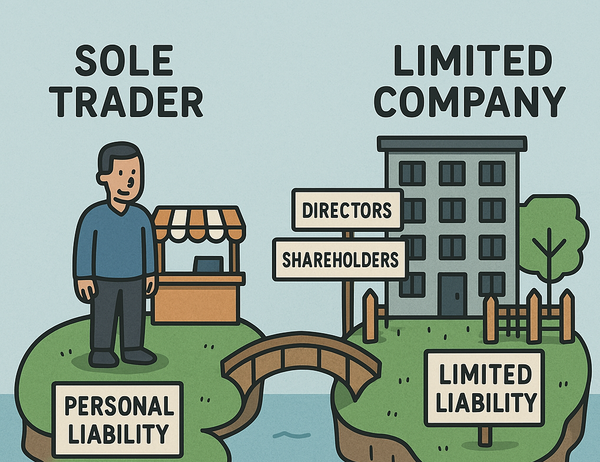Dividend strategies for post April 2016
Prior to 6 April 2016, there was a tax advantage to extracting profits by way of dividends, often once a salary had been taken to utilise the personal allowance and ensure entitlement to certain state benefits. With the new dividend taxation regime from 6 April 2016, the tax advantage of dividends as opposed to salary / bonuses is reduced or in certain cases eliminated entirely. However, dividend planning is still important and is not as straightforward as it appears on the surface. Dividend planning strategies include cashflow and administrative ease as well as tax savings.
Many companies distribute dividends monthly as a means of providing themselves with a 'salary-like' income. In many cases it is only through habit and there is no reason that these frequent distributions shouldn't be replaced by a less frequent dividend followed by drawings against their current account with the company.
There are a couple of key advantages to an 'ad hoc' dividend:
- it allows a more thorough review of the capacity to pay a dividend and to evaluate the tax position, and
- it appears less like a substitution for salary
Monthly dividends are not, in themselves, a cause for concern. However, you should consider that there is an increased chance of a challenge to the validity of the dividends or an attempt to re-categorise them as earnings. When many dividends are paid throughout the year, many business-owners tend to neglect to go through the legal processes and this is a potential area of vulnerability in the case of an HMRC challenge. If multiple distributions were replaced with an annual dividend, say, the procedural requirements might prove to be less onerous.
One aspect of dividend planning that is commonly overlooked is the effect of dividends being forced up into the higher tax rates. This is one of the reasons why dividend planning should be undertaken only with reliable estimates of other income. It is also a reason why dividend planning is sometimes best left until towards the end of the tax year. Moreover, the differential between the basic rate and higher rate of income tax on dividends is greater than that for earned income and savings. The difference between the basic rate and higher rate of income tax on dividend income is 25%, rather than 20% which is the case for non-savings and savings income.
Another thing to be wary of, is the misuse of 'alphabet shares. 'Alphabet shares' are a structure which have been quite popular with some advisers over the years. Essentially, 'different shareholders are designated different classes of share. These are typically named as Class A, Class B, Class C etc. Each shareholder can therefore be given a different level of dividend, depending on how the directors choose to apportion profit. It can lead to a situation which is extremely vulnerable to challenge by HMRC especially where the shares hold no rights other than to income as HMRC will then argue employment-related securities are manipulated for tax avoidance purposes.



